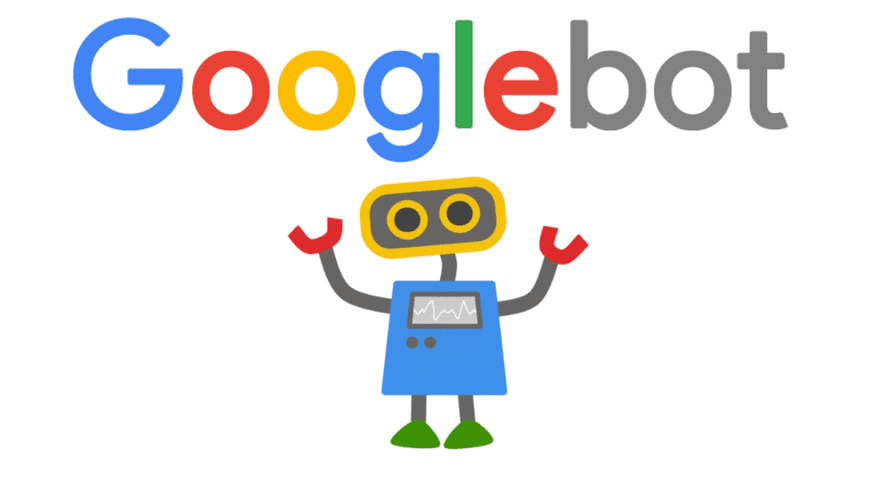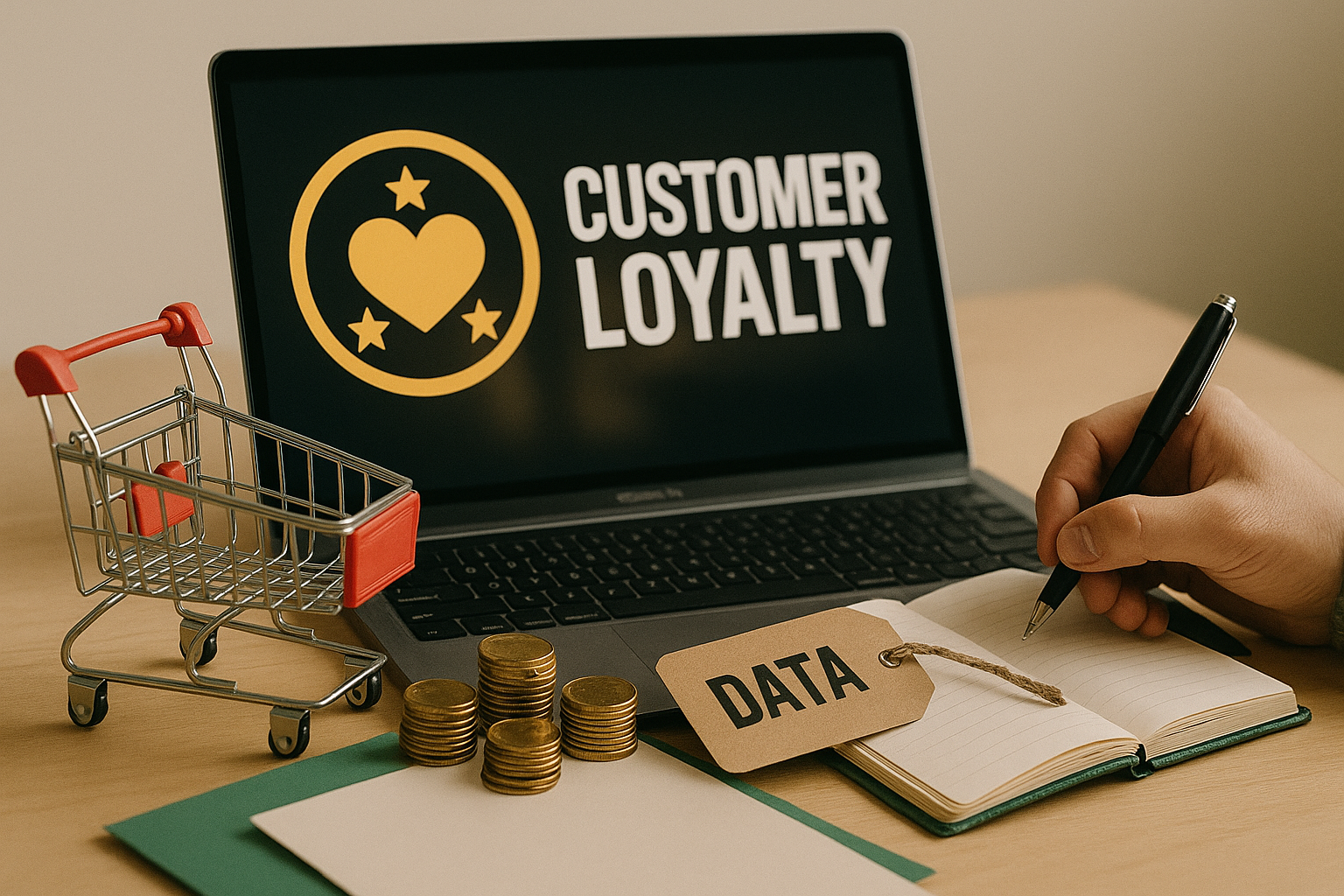
Analytica House
Eyl 3, 2022Googlebot Nedir ve Nasıl Çalışır? Googlebot Türleri Nelerdir?

Googlebot, gerekli bilgileri toplamak ve aranabilir bir web dizini oluşturmak için Google tarafından kullanılan web tarayıcısıdır. Googlebot’un mobil ve masaüstü tarayıcıları ile haberler, görseller ve videolar için özel tarayıcıları vardır.
Googlebot Nedir?
Googlebot, web sayfalarını linkler aracılığıyla tarar. Yeni ve güncellenmiş içerikleri bulur ve hangi içeriklerin indeksleneceğini önerir. Dizini, Google’un bilgileri sakladığı yer olarak düşünebilirsiniz. Google, bu sayfaları bulmak ve içeriğini görmek için webin her köşesine tarayıcılarını göndermek için çok sayıda bilgisayar kullanır. Googlebot, Google’ın web tarayıcı robotudur ve diğer arama motorlarının da kendi arama botları vardır.
Googlebot Nasıl Çalışır?
Googlebot’un nasıl çalıştığını anlamak, başarılı bir arama motoru optimizasyonu için önemlidir. Googlebot, sonraki taramada nereye gideceğini belirlemek için site haritalarını ve önceki taramalarda keşfedilen link veritabanlarını kullanır. Robotlar site üzerinde yeni linkler bulduğunda, bunları bir sonraki ziyaret edilecek sayfalar listesine ekler. Googlebot, linklerde değişiklik veya kırık linkler bulursa bunu not alır ve dizinin güncellenmesini sağlar. Program, sayfaları ne sıklıkta tarayacağını belirler. Googlebot’un sitenizi doğru şekilde indeksleyebilmesi için sitenizin taranabilirliğini kontrol etmelisiniz. Eğer siteniz arama motoru robotlarına açıksa, web siteniz periyodik olarak taranacaktır.
Ayrıca, Googlebot kırık linklerde veya diğer linklerde değişiklikler tespit ederse, bunu Google dizininde güncellemek için not alır. Bu nedenle, web sayfalarınızın her zaman taranabilir olduğundan emin olmalısınız ki Googlebot doğru şekilde indeksleyebilsin.
Şimdi web indeksleme süreçlerine bir göz atalım.
Googlebot Türleri Nelerdir?
Google’un birçok farklı türde web tarayıcısı vardır ve her biri web sitelerinin taranması ve işlenmesi için farklı şekillerde tasarlanmıştır. Belirli botlar için bazı yönergeler veya meta komutlar web siteniz tarafından oluşturulmalıdır.
Çok sayıda farklı robot vardır. Örneğin, AdSense ve AdsBot reklam kalitesini kontrol ederken, Mobile Apps Android Android uygulamalarını kontrol eder. Bizim için en önemlileri şunlardır:
- Googlebot (masaüstü)
- Googlebot (mobil)
- Googlebot Video
- Googlebot Images
- Googlebot News
Google’un tüm botlarını görmek için https://developers.google.com/search/docs/advanced/crawling/overview-google-crawlers adresini ziyaret edebilirsiniz.
Googlebot’un Web Sitenizi Ziyaret Ettiğini Nasıl Öğrenirsiniz?
Log dosyalarınızı inceleyebilir veya Google Search Console’un Crawl (Tarama) bölümünü açarak Googlebot’un sitenizi ne sıklıkta ziyaret ettiğini ve orada neler yaptığını görebilirsiniz. Sitenizin tarama performansını optimize etmek için ileri düzey işlemler yapmak istiyorsanız, SEO Log File Analyzer gibi araçları Kibana veya Screaming Frog ile kullanabilirsiniz.
Googlebot’un sitenizin hangi bölümlerini ziyaret edeceğini belirlemek için robots.txt dosyasını kullanabilirsiniz. Ancak dikkatli olun, yanlış yaparsanız Googlebot’un tamamen gelmesini engelleyebilirsiniz. Bu, sitenizin dizinden kaldırılmasına yol açar.
Googlebot İçin Sitenizi Nasıl Optimize Edebilirsiniz?
SEO, birçok faydalı tekniği kapsayan geniş bir alandır. Googlebot’un işini kolaylaştırmak için en önemli SEO stratejilerinden bazılarına bakalım. Aşağıdaki adımları takip edebilirsiniz:
- Web sitenizi arama motorlarına görünür yapın. Bunu robots.txt dosyasındaki "Allow: /" komutu ile yapabilirsiniz.
- Sitenizdeki dahili linklerde 'nofollow' etiketi kullanmayın veya minimumda tutun. Bu linkler özellikle Googlebot gibi tarayıcılara kaynağa geri dönmemelerini söyler.
- Web siteniz için bir site haritası oluşturun. Site haritası, sitenizdeki tüm sayfaların ve önemli bilgilerin Googlebot’un kolayca anlayabileceği şekilde organize edilmiş listesidir. Site haritanız varsa, Googlebot bu kaynağa başvurarak sitenizi öğrenir ve tüm içeriğinizi bulur.
- Google Search Console’u kullanın. Bu araç seti ile birçok kritik işlemi gerçekleştirebilirsiniz. Örneğin, site haritanızı gönderebilir ve Googlebot’un URL’lerinizi daha hızlı taramasını sağlayabilirsiniz. Ayrıca, sayfalarınızdaki tarama hatalarını görebilir ve bunları düzeltme önerileri alabilirsiniz.
Sitenizi Googlebot ve diğer tarayıcılar için anlaşılır hâle getirmek için ne kadar çok çalışırsanız, web sitenizin trafiği, dönüşümleri ve satışları o kadar artar.
Çözüm
Googlebot, sitenizi ziyaret eden küçük robottur. Siteniz için teknik olarak doğru seçimler yaptıysanız, ilgili robot sitenizi sık sık ziyaret edecektir. Yeni içerikler düzenli olarak ekliyorsanız, daha sık gelecektir. Bazen, sitenizde büyük ölçekli değişiklikler yaptığınızda, bu sevimli küçük tarayıcıyı hemen gelmesi için çağırmanız gerekebilir ki değişiklikler arama sonuçlarına en kısa sürede yansısın.
Artık Googlebot’u avantajınıza nasıl kullanacağınızı bildiğinize göre, işinize koyulma ve web sitenizin Google tarafından kapsamlı bir şekilde indekslenmesini sağlama zamanı geldi. AnalyticaHouse’un SEO uzmanlarından yardım almak, bu karmaşık süreçte çok faydalı olabilir. Kapsamlı SEO hizmetleri sunma konusundaki yılların tecrübesiyle AnalyticaHouse, web sitenizin maksimum potansiyeline ulaşmasına ve Googlebot dünyasında gezinmesine yardımcı olabilir. Daha fazla bilgi almak için bugün bizimle iletişime geçin.
Googlebot Hakkında Sık Sorulan Sorular
Googlebot Ne Yapar?
Googlebot, sayfa içindeki linkleri takip ederek web sitelerini ziyaret eder ve tarar (linkten linke). Robotlar tarafından bulunan içerik, alaka düzeyine göre indirilir ve Google dizininde saklanır. Özetle, Googlebot, web sitelerini tarama ve indeksleme işini yapan Google robotudur.
Googlebot Bir Siteyi Ne Sıklıkta Ziyaret Eder?
Googlebot’un bir web sitesini ne sıklıkta tarayacağı birkaç faktöre bağlıdır. İlgili sayfanın PageRank değeri, mevcut backlink sayısı ve kalitesi çok önemlidir. Bir web sitesinin yüklenme süresi, yapısı ve içerik güncelleme sıklığı da Googlebot’un siteyi ne kadar sık ziyaret edeceğini etkiler. Çok sayıda backlink’e sahip bir sayfa Google tarafından her 10 saniyede okunabilirken, az linke sahip bir site haftalarca taranmamış olabilir.
Website Crawlability (Site Taranabilirliği) Nedir?
Taranabilirlik, Googlebot’un sitenizin tamamına erişebilme derecesini ifade eder. Googlebot’un içeriğinizi incelemesi ne kadar kolay olursa, arama sonuçlarındaki performansınız o kadar iyi olur.
More resources

ChatGPT Shopping Research Nedir? Nasıl Çalışır?
ChatGPT Shopping Research, kullanıcıların alışveriş araştırmalarını hızlandıran yapay zeka destekli...

Black Friday Sonrası Sadık Müşteri Kazanmak İçin Veri Tabanlı Taktikler
Sadık müşteri kazanımı, Black Friday sonrası dönemde e-ticaretin en stratejik hedeflerinden biridi...

Google MMM ile Satış Artışlarını Doğru Ölçmenin 5 Yolu
Google MMM (Marketing Mix Modeling), pazarlama karması modellemesi olarak bilinen bu yöntem, çerezsi...

